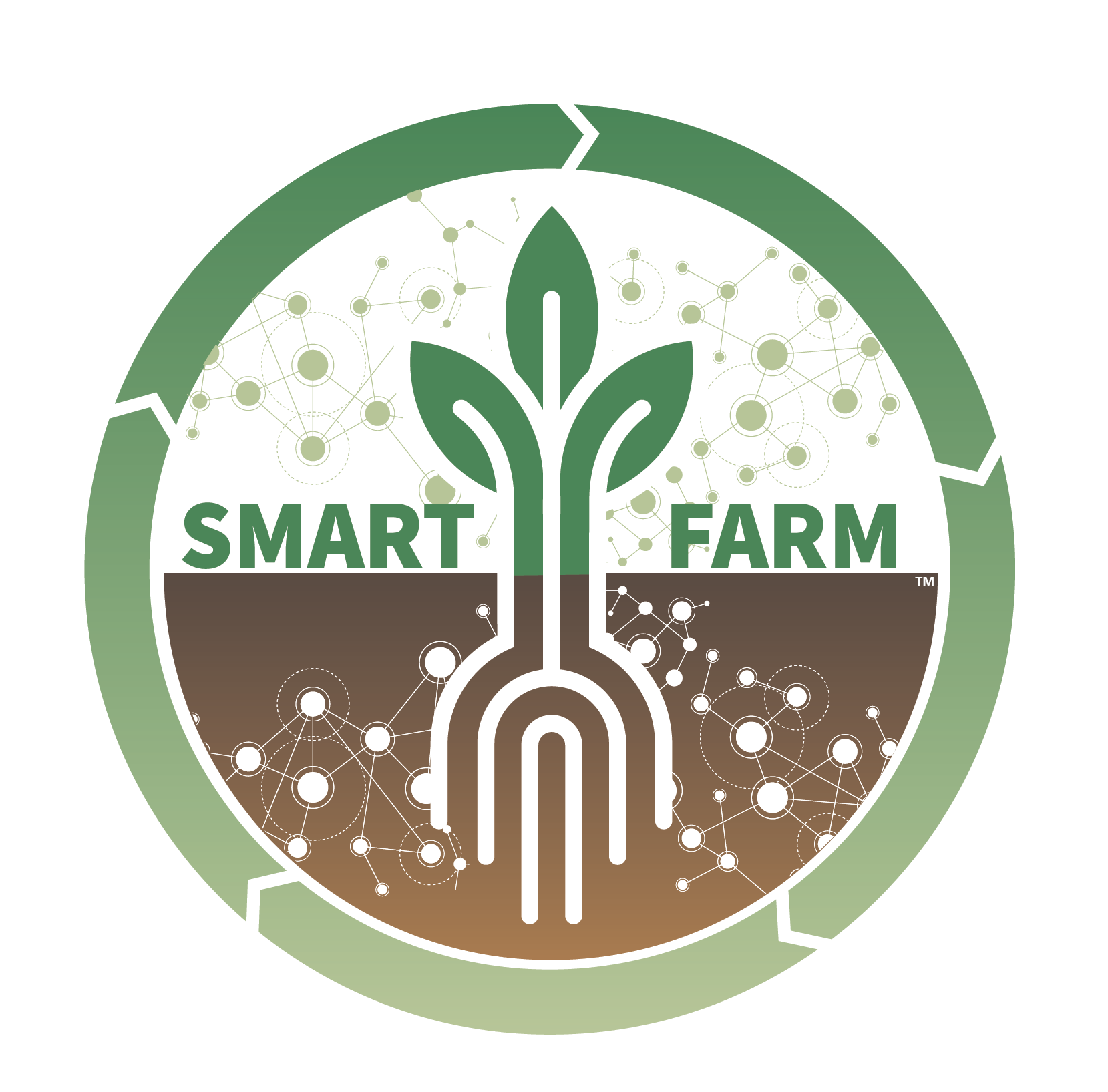Systems for Monitoring and Analytics for Renewable Transportation Fuels from Agricultural Resources and Management

Program Description:
The SMARTFARM program’s objective is to bridge the data gap in the biofuel supply chain by funding technologies that can quantify feedstock-related emissions at the field-level and enable new market incentives for efficiency in feedstock production and carbon management. The value of such technologies lies in their ability to reliably, accurately (i.e., low uncertainty), and cost-effectively quantify feedstock production life cycle emissions (in g CO2e/acre) at the field level (i.e., scalable to >80 acres).The SMARTFARM program is structured in two initial phases:
1. Phase 1 will establish open-source, high-resolution datasets to support testing and validating emerging monitoring technologies. These production sites will be outfitted with state-of-the-art equipment and monitored on a per-acre basis.
2. Phase 2 will fund technologies capable of delivering the same estimates, at or below specified uncertainty levels, at a cost capable of delivering a positive return on investment when field-level carbon emissions reductions are connected to associated biofuel carbon markets. The SMARTFARM program will subject Phase 2 technologies to rigorous testing to demonstrate performance in relevant deployment scenarios. Successful projects in this second phase of the program will be encouraged to partner with Phase 1 site managers to deploy and validate their technologies.
Innovation Need:
Crop-based biofuels have the potential to supply up to ~5% of U.S. energy demand. Making the biofuel supply chain carbon negative—i.e., removing or sequestering more carbon than it emits—would greatly improve biofuel’s benefit to the broader economy and environment. Reaching this potential requires that feedstock producers adopt new technologies and management practices that simultaneously improve yield, drive down production-associated emissions, and enhance carbon sequestration in soils. To encourage adoption of these new technologies and practices, feedstock producers need incentives beyond yield. Carbon management incentive structures exist elsewhere in the biofuel supply chain, but do not extend to feedstock production because monitoring and verifying its emissions is too costly to conduct at the field level. Instead, feedstock producers are given the national average for feedstock-production emissions despite significant variations in state or regional averages, let alone field-level estimates. Producers need detailed accounting of inputs (e.g. energy, nutrients, chemicals) and outputs (e.g. energy, co-products, emissions) of the biofuel life cycle to establish a reliable baseline against which to measure progress.
Potential Impact:
Reducing the uncertainty of emissions quantification is critical to realizing the revenue potential of carbon management markets.
Security:
Biofuels are a strategic U.S. energy asset. New technologies will position the U.S. as a research leader in a critical arena and maintain U.S. leadership in the biofuel production.
Environment:
These technologies will incentivize continued evaluation of how to reduce emissions throughout the biofuel supply chain.
Economy:
Enabling producers to participate in carbon management markets would complement yield-based revenues with economic incentives for input efficiency and restorative practices, while laying the groundwork for other market structures to shift away from national averages toward field-based estimates for carbon efficiency and other ecosystem services.
Contact
Project Listing
• Michigan Aerospace Corporation - DroN2O: A Drone-Based System for Measuring Nitrous Oxide Emissions from Agricultural Fields
• Princeton University - NitroNet: Smart System to Quantify Nitrous Oxide Emissions
• Soil Health Institute - A Rapid In-Field System to Measure Deep Soil C Stock
• University of Illinois, Urbana-Champaign (UIUC) - The “System of Systems” Solutions for Commercial Field-Level Quantification of Soil Organic Carbon and Nitrous Oxide Emission for Scalable Applications (SYMFONI)
• University of Utah - Soil Organic Carbon Networked Measurement System (SOCNET)
